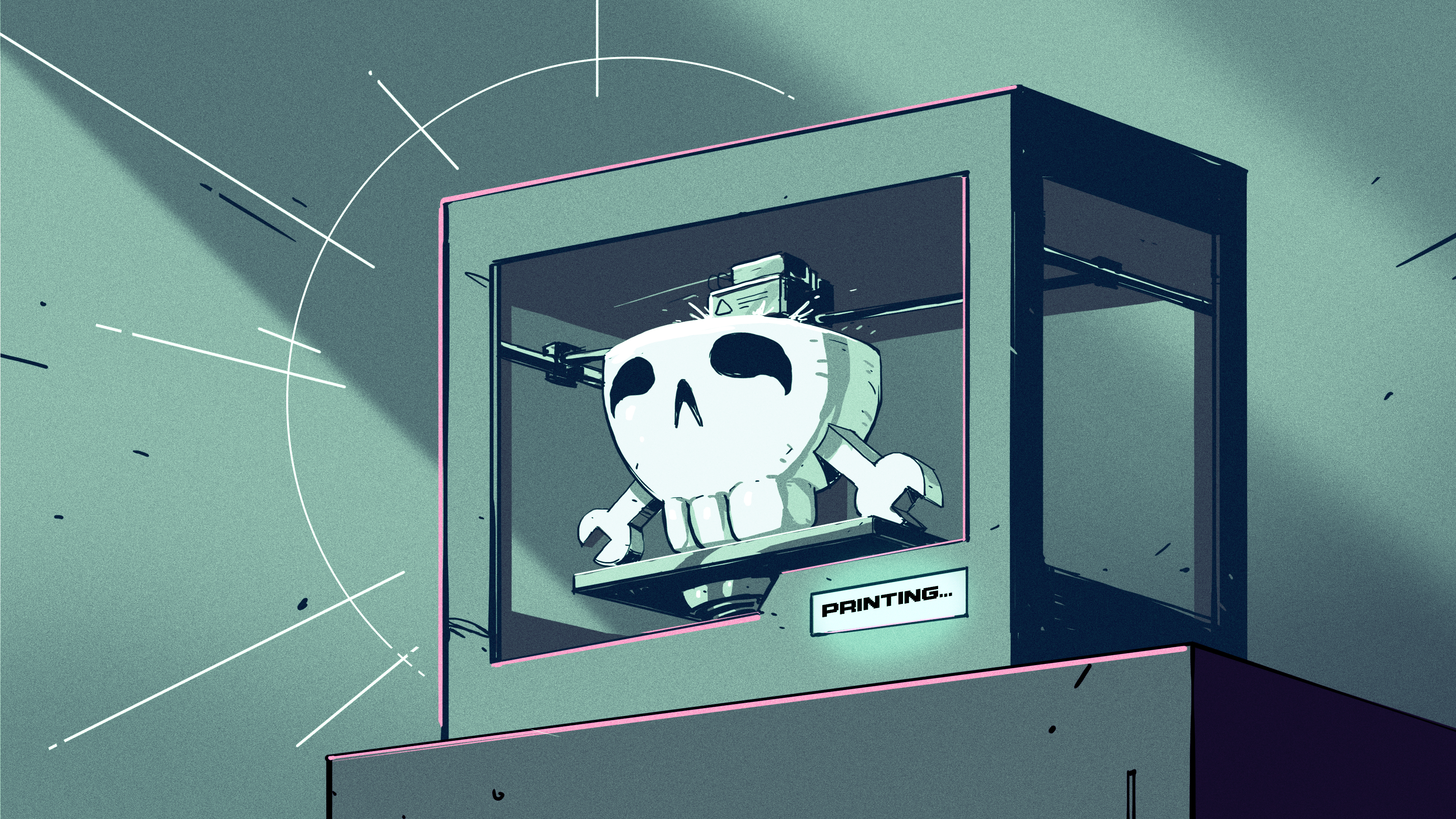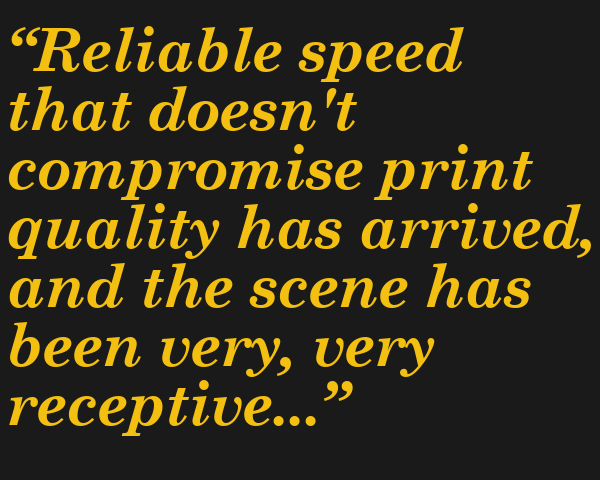3D Printering: Speed Is So Hot Right Now [Hackaday]

Speed in 3D printing hasn’t been super important to everyone. Certainly, users value speed. But some value quality even more highly, and if gaining quality means giving up speed, then so be it. That’s more or less how things stood for a while, but all things change.
The landscape of filament-based 3D printing over the past year or so has made one thing clear: the market’s gotten a taste of speed, and what was once the domain of enthusiasts installing and configuring custom firmware is now a baseline people will increasingly expect. After all, who doesn’t want faster prints if one doesn’t have to sacrifice quality in the process?
Speed vs. Quality: No Longer a Tradeoff
Historically, any meaningful increase in printing speed risked compromising quality. Increasing print speed can introduce artifacts like ringing or ghosting, as well as other issues. Printing faster can also highlight mechanical limitations or shortcomings that may not have been a problem at lower speeds. These issues can’t all be resolved by tightening some screws or following a calibration process.
The usual way to get into higher speed printing has been to install something like Klipper, and put the necessary work into configuring and calibrating for best results. Not everyone who prints wishes to go this route. In 3D printing there are always those more interested in the end result than in pushing the limits of the machine itself. For those folks, the benefits of speedy printing have generally come at too high a cost.
That’s no longer the case. One can now buy a printer that effectively self-calibrates, offers noticeably increased printing speeds over any earlier style machines, and does it at a reasonable price.
Fast, Right Out of the Box

Bambu Lab didn’t invent any of these features, but they were the first major player to bring them out of the enthusiast niche and into the limelight. Prior to Bambu Lab bringing these features to the mass market, 3D printer designs spent years without really changing much. Certainly, machines gained features and refinements, but the basic designs and capabilities went broadly unchanged.
Then a new machine comes along that not only has folks printing within twenty minutes of opening the box, but self-calibrates and cranks out a Benchy boat in a fraction of the usual time.
By the end of 2023 it was clear that reliable speed that does not seriously compromise print quality had arrived, and the 3D printing scene has been very, very receptive to the idea.
Why Hasn’t This Happened Earlier?
A 3D printer has many parts that must work together, and only when all these are in harmony can a print be both fast and of reliable quality. That means speed isn’t just about running motors faster; it’s about ensuring everything works in harmony as well. With small and slow machines, this is far less difficult to do. As machines get larger and faster, the problem gets rapidly more complex and the margins for error get smaller.
Any speed increase has an impact on the physics of all of the other moving (and melty) parts that make up a printer. As it’s sometimes said in physics, “everything is a spring.” Motors do not start and stop instantly, toolheads have mass and inertia, melted plastic doesn’t stop or start flowing instantly in perfect volumes. The faster everything moves and the larger the printer is, the harder the job becomes and the more obvious it is when everything isn’t as it should be.
Making a printer fast and reliable means minimizing some of those effects and compensating for the others, which is not a trivial task. And with the need for precise tuning comes the need for regular calibration to keep things in line. Effective self-calibration becomes an attractive complement to higher print speeds.
What Will Be Next?
For a good while, printers got improvements and new features but fundamentally didn’t change very much. Now that printers have hit the market that show speed doesn’t have to sacrifice quality, the response is clear: faster is better.
It won’t be long before what we now consider “fast” becomes normal expectation for 3D printers. Once that happens, what do you think will be the next frontier? What features are currently the domain of cutting-edge DIY enthusiasts that you believe will be the next big thing? Non-planar printing, perhaps? Let us know in the comments.

![3d-printering:-speed-is-so-hot-right-now-[hackaday]](https://i0.wp.com/upmytech.com/wp-content/uploads/2024/01/165189-3d-printering-speed-is-so-hot-right-now-hackaday-scaled.jpg?resize=800%2C445&ssl=1)